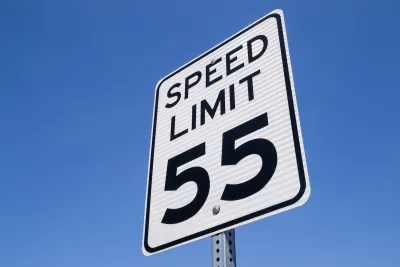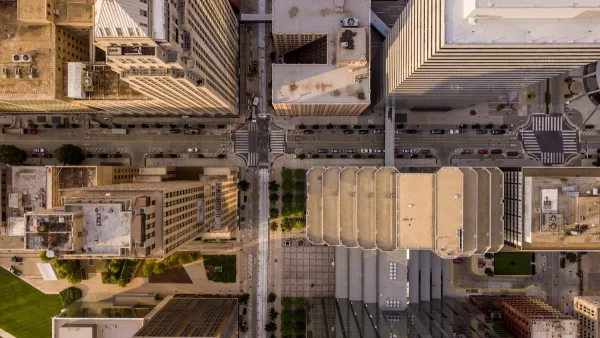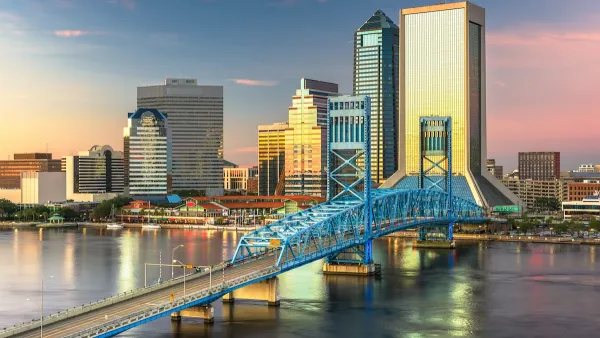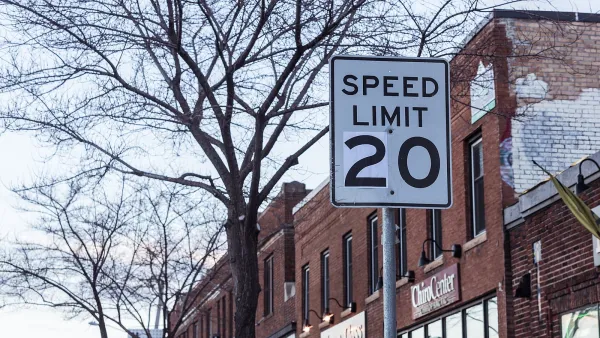After the federal government set maximum highway speed limits at 55 miles per hour, states spent decades undermining the rule.

Street safety advocates are calling for a return to enforcement of the 1974 National Maximum Speed Limit law, which limited highway speed limits to 55 miles per hour nationwide.
This rule, explains Aaron Short in an article in Streetsblog USA, was “slowly undermined” by states over the next several decades. “Today, though, advocates are making progress to claw back those gains — aided, unfortunately, by reckless drivers who killed 7,500 pedestrians in 2022, a 40-year high.”
The law was part of the Emergency Highway Energy Conservation Act, a response to the oil crisis which “required states to cap speeds on divided freeways with four or more lanes in order for states to receive federal highway funds.” As a result, 29 states lowered their speed limits.
The policy, designed to save gas, had unintended safety effects: “For a brief period in the mid-1970s, fewer people died on the roads. In the first year of the policy’s enactment alone, the number of fatalities fell by 16 percent, from 55,511 in 1973 to 46,402 in 1974, according to a National Research Council report conducted in 1984.”
Pressure from states led the federal government to loosen the policy in the 1980s, eventually rescinding it altogether in the 1990s. According to Short, “The changes may have had a catastrophic effect on the country’s health and safety, with a 3.2-percent increase in road fatalities between 1995 and 2005 that public health experts say accounted for 12,545 deaths that might not have occurred otherwise during that period.” Now, road safety advocates point to rising road deaths as a signal that lower speed limits, among other tools, are urgently needed to stem the traffic violence crisis.
FULL STORY: 50 Years Since Nixon’s ‘National Speed Limit’: A Tale of Missed Opportunities

Analysis: Cybertruck Fatality Rate Far Exceeds That of Ford Pinto
The Tesla Cybertruck was recalled seven times last year.

National Parks Layoffs Will Cause Communities to Lose Billions
Thousands of essential park workers were laid off this week, just before the busy spring break season.

Retro-silient?: America’s First “Eco-burb,” The Woodlands Turns 50
A master-planned community north of Houston offers lessons on green infrastructure and resilient design, but falls short of its founder’s lofty affordability and walkability goals.

Test News Post 1
This is a summary

Analysis: Cybertruck Fatality Rate Far Exceeds That of Ford Pinto
The Tesla Cybertruck was recalled seven times last year.

Test News Headline 46
Test for the image on the front page.
Urban Design for Planners 1: Software Tools
This six-course series explores essential urban design concepts using open source software and equips planners with the tools they need to participate fully in the urban design process.
Planning for Universal Design
Learn the tools for implementing Universal Design in planning regulations.
EMC Planning Group, Inc.
Planetizen
Planetizen
Mpact (formerly Rail~Volution)
Great Falls Development Authority, Inc.
HUDs Office of Policy Development and Research
NYU Wagner Graduate School of Public Service




























